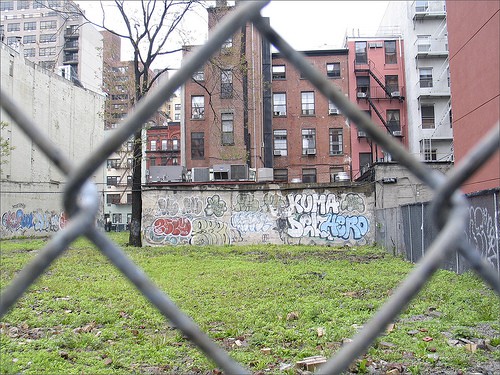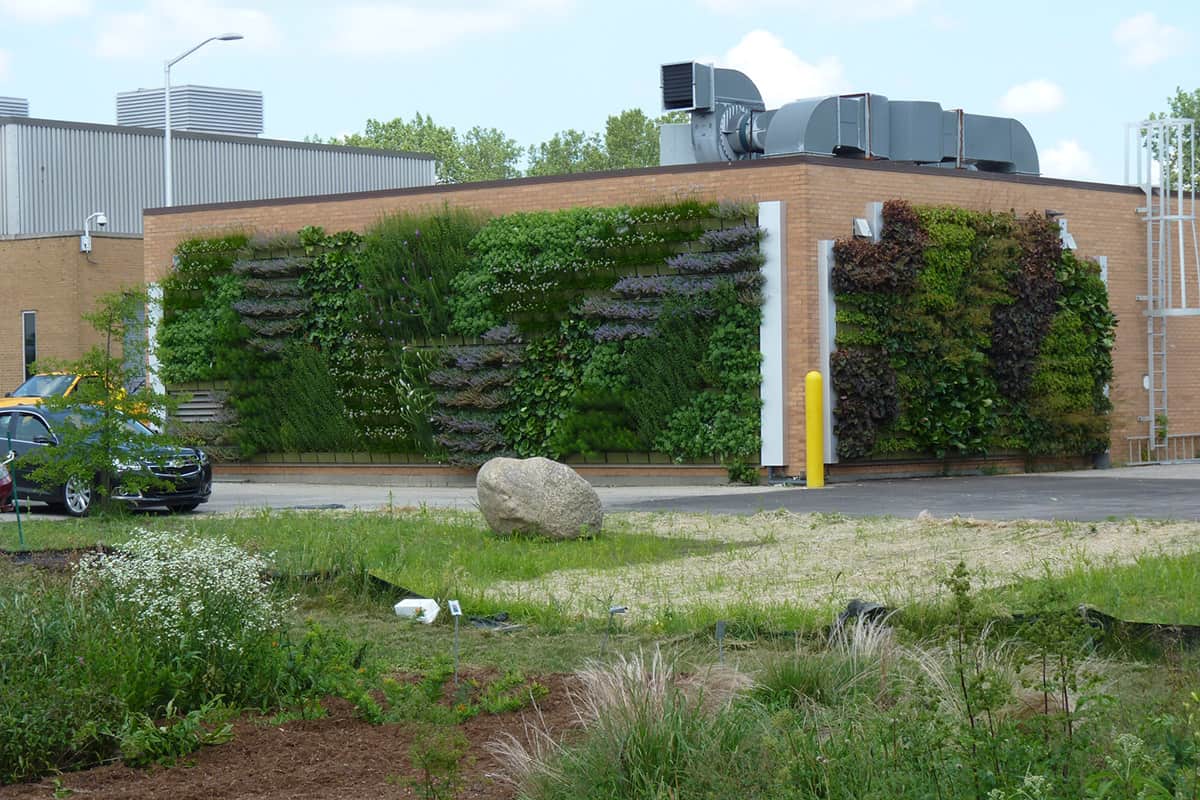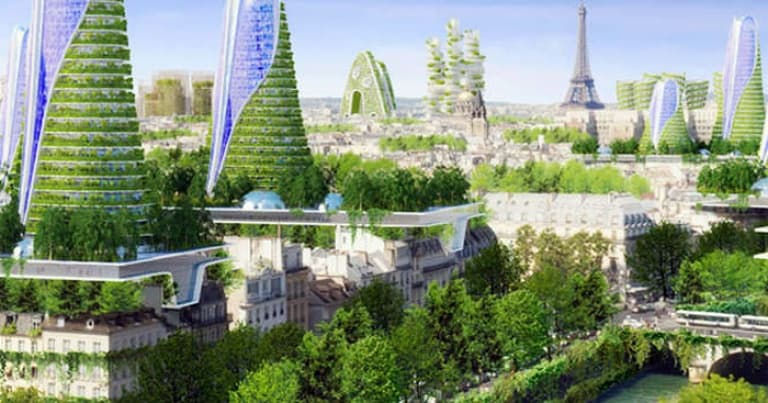As New York living wall installers we are very interested in the effects of living walls on the city environment. Unfortunately because green walls are so new there is little research on the topic and we need to rely on broader studies on green spaces in general like gardens and parks.
One study that just came out points very clearly to the effect of green spaces on crime. The conclusion is that green spaces reduce crime. According to research at Columbia University and the University of Pennsylvania, green spaces have a whole slew of benefits for an inner city community.
The research was originally put together for the Ontario Landscape website and shows that green spaces not only improve the appearance of communities but also make them feel better. According to the study, green spaces reduce violent crime, improve children’s self-esteem, improve mood, even reduce the road rage and stimulate social interaction.
Here are some highlights of the research into landscape benefits, compiled by Landscape Ontario:
Injury and violence
Injury and violence are the leading cause of death among Americans aged between 1 and 44, with nearly 200,000 people lost their lives in the United States each year. Violence in communities can be experienced through bullying, fighting, shooting and other violent acts, resulting in many mental, physical and social health problems for community members. Violence affects disproportionately many children between the ages of 10 and 13, one-third of whom are victims of direct violence and many of whom are also victims of indirect violence in their community.
 Effects of Violence on Community Members
Effects of Violence on Community Members
Living in a community affected by violence is related to psychological problems, relationship problems and poor physical health due to a lack of access to safe areas for outdoor activities. Witnessing violence in the neighborhood or community is associated with anxiety, depression and even post-traumatic stress disorder. In addition to creating anxiety and fear among community members, violence in communities can reduce safe spaces for outdoor recreation, limiting community members’ access to outreach activities. These barriers to participating in physical activity can increase the risk of obesity and other illnesses associated with sedentary behavior.
Green Space and Reductions in Community Violence
With this information the researchers asked what can be done to reduce violent crime in communities. Their conclusion: create more green spaces. This can take the form of developing an abandoned car park in a space full of plants and vegetation or creating a community garden.
The study showed that the greening of vacant spaces can transform the physical environment from an environment conducive to crime and fear to an environment that can reduce crime and improve the perception of security. Recently, the study that was conducted by Charles C. Branas, director of the Epidemiology Department, Mailman School of Public Health, Columbia University, and colleagues, as well as researchers from the University of Pennsylvania, focused on the effects of greening of vacant spaces on violent crimes.
 The study included three interventions on 541 vacant spaces in Philadelphia: a complete makeover with grading, fencing and planting; a basic intervention of clearing and mowing and no intervention at all. The results showed that far-reaching and basic clean-up and greening interventions drastically reduced violent crime by 30%, reduced people’s fears of security reasons by 58% and increased the use of outdoor space by 76%.
The study included three interventions on 541 vacant spaces in Philadelphia: a complete makeover with grading, fencing and planting; a basic intervention of clearing and mowing and no intervention at all. The results showed that far-reaching and basic clean-up and greening interventions drastically reduced violent crime by 30%, reduced people’s fears of security reasons by 58% and increased the use of outdoor space by 76%.
This study emphasizes the benefits for the mental and physical health of green vacant spaces. Greening of vacant spaces doesn’t only reduce violent crime, fear and anxieties, but it can also create room for communities to come together and feel safe in an outdoor space. The increased safety associated with the green of vacant spaces can also create room for outdoor activities, which could reduce the risk of obesity and other non-communicable diseases.
This study also highlighted the impact of the Pennsylvania Horticultural Society’s LandCare program on reducing violent crime in Philadelphia communities. The results of the study are reflected in the work of the organization, where the LandCare program maintains approximately 12,000 cleared plots of land, about one-third of the empty land in Philadelphia. The program makes empty land a community resource that reduces crime, improves well-being and creates opportunities for growth and employment for many residents.
As living wall installers it is obvious to us that green spaces would have this effect. Green spaces, including living walls, are relaxing and have a positive effect on people’s moods. Nature also makes people feel safer than abandoned and derelict spaces because it shows that space is cared for. In cities where space is so expensive it makes sense to build living walls as the green space because you can build up.
These studies highlight the importance of green spaces, including living walls, in poorer neighborhoods where crime is higher, the areas tend to be dirtier and more abandoned. Our clients are mostly wealthier. Living walls are not cheap. But we look forward to being able to build more living walls in all neighborhoods, hopefully with funding, because less crime is good for everyone. If anyone can help us in this area we would greatly appreciate it.

